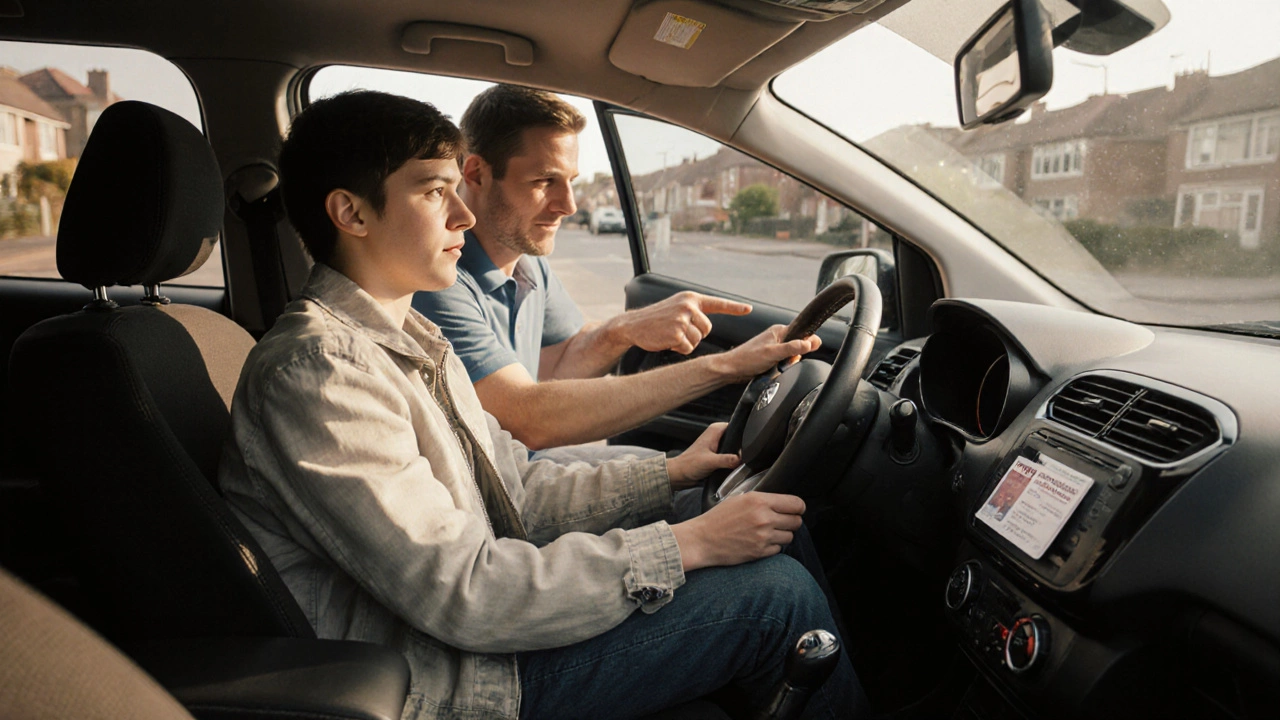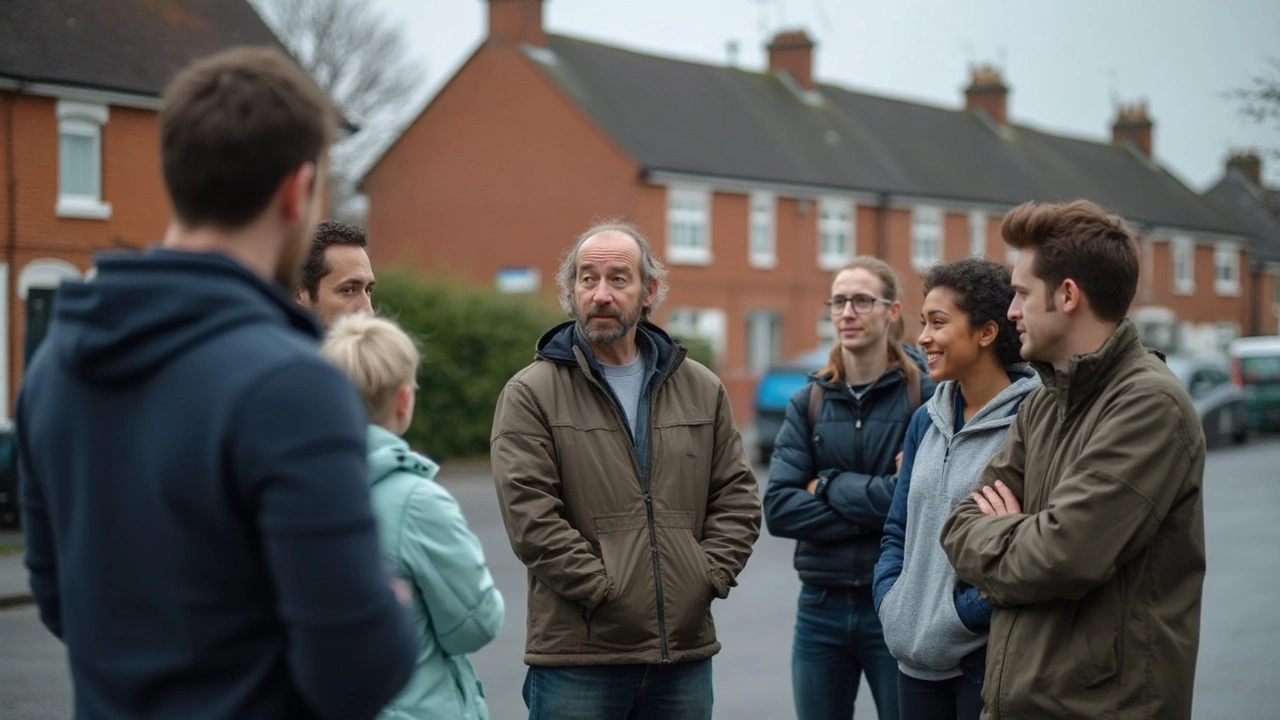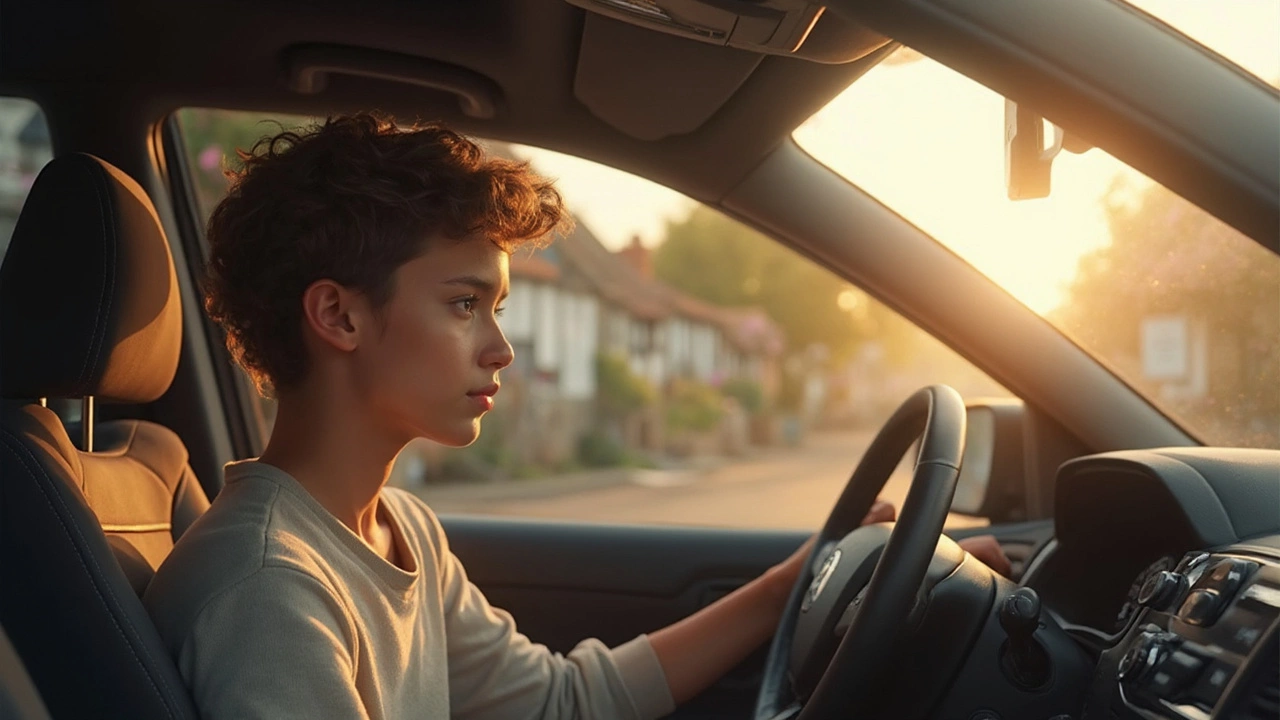First Driving Lesson: What to Expect and How to Nail It
So you’ve booked your first driving lesson – congratulations! It’s a mix of excitement and nerves, but knowing what’s coming can turn that anxiety into confidence. Below we break down the basics: how long the lesson usually runs, what you’ll do, what to bring, and a few simple tricks to make a great first impression on your instructor.
How Long Does a First Lesson Usually Last?
Most driving schools schedule a 45‑minute slot for a beginner’s first lesson. Some providers offer 60‑minute lessons, especially if you’re learning a heavy goods vehicle (HGV) where extra time is needed for safety checks. The exact length depends on the school’s policy and your personal schedule, but the goal is to keep the session short enough to stay focused while still covering the essentials.
What Happens During the Lesson?
Expect a quick run‑through of the vehicle’s controls before you even move off the curb. Your instructor will point out where the pedals, gear stick, indicators, and mirrors are. You’ll practice basic maneuvers like:
- Adjusting mirrors and seat for comfort.
- Starting and stopping smoothly.
- Simple steering drills in a quiet parking lot.
- Understanding the handbrake and parking brake.
The focus is on building muscle memory, not on complex road situations. If you’re gearing up for an HGV Class 1 licence, the first lesson might also include a brief safety briefing on vehicle size, blind spots, and basic coupling procedures.
Ask questions whenever something isn’t clear. Instructors expect beginners to be curious – it shows you’re engaged.
What Should You Bring?
Bring a few essentials to keep the lesson smooth:
- Your provisional licence (or any learner permit you have).
- A valid form of ID (passport or driving licence).
- Comfortable shoes – no sandals or bulky boots.
- A bottle of water and a light snack if you tend to get hungry.
- Any notes you’ve jotted down about the vehicle or road rules.
Leaving these at home often leads to last‑minute distractions, so pack them the night before.
Tips to Feel Confident
1. Sleep well. A good night’s rest sharpens your reaction time and lowers anxiety.
2. Breathe. Take a few deep breaths before you start the engine. It steadies your nerves and helps you focus on the instructor’s instructions.
3. Visualise success. Picture yourself executing a smooth start‑stop or a clean turn. The brain treats imagined practice like real practice, boosting confidence.
4. Stay relaxed in the seat. Keep your shoulders down and grip the steering wheel lightly. Tight muscles make steering jerky.
5. Review the lesson. After the session, write down three things you did well and two things to improve. This quick debrief turns each lesson into a clear step forward.
Remember, the first lesson is just the beginning. It’s meant to be simple, safe, and encouraging. With the right mindset and a few practical tips, you’ll walk away with a solid foundation and a smile on your face. Ready to hit the road? Book that next slot and keep building on what you learned today.
- October 23 2025
- 0 Comments
- Rowan Cavendish
What Makes a Good First Driving Lesson? Essential Tips for New Learners
Discover what makes a first driving lesson effective, from preparation steps and key lesson components to common mistakes and pro tips for new learners.
- June 26 2025
- 0 Comments
- Rowan Cavendish
The Essential Starting Point: What You Should Know First About Driving
Get to the real heart of what you should learn first about driving. From mental attitude to hands-on basic skills, here’s the practical approach every new driver needs.
- February 6 2025
- 0 Comments
- Rowan Cavendish
How to Nail Your First Driving Lesson
Surviving your first driving lesson isn't as scary as it seems. With a clear head, proper preparation, and a few handy tips, you'll be steering through your first experience with ease. Stay calm, apply what you learn, and remember, everyone starts somewhere. Explore practical advice to make your first lesson a success, and set the foundation for becoming a confident driver.
- Driving Lessons (41)
- HGV Training (31)
- Driving Test Tips (31)
- Driving Test Booking (26)
- Driving Licence Renewal (23)
- Driving Theory Test (21)
- Pass Plus Course (15)
- Driving Tips (15)
- Intensive Driving Course (15)
- Driver Licensing (14)
Categories
- December 2025 (12)
- November 2025 (13)
- October 2025 (21)
- September 2025 (5)
- August 2025 (8)
- July 2025 (30)
- June 2025 (30)
- May 2025 (30)
- April 2025 (31)
- March 2025 (30)
- February 2025 (28)
- January 2025 (34)
Archives
- driving lessons
- driving test
- driving tips
- intensive driving course
- driving test tips
- HGV training
- learn to drive
- driving theory test
- driver training
- driving test booking
- pass driving test
- HGV driving
- road safety
- driving license renewal
- Virginia driving test
- learner drivers
- safe driving
- Virginia driver's license
- driving license
- learning to drive



